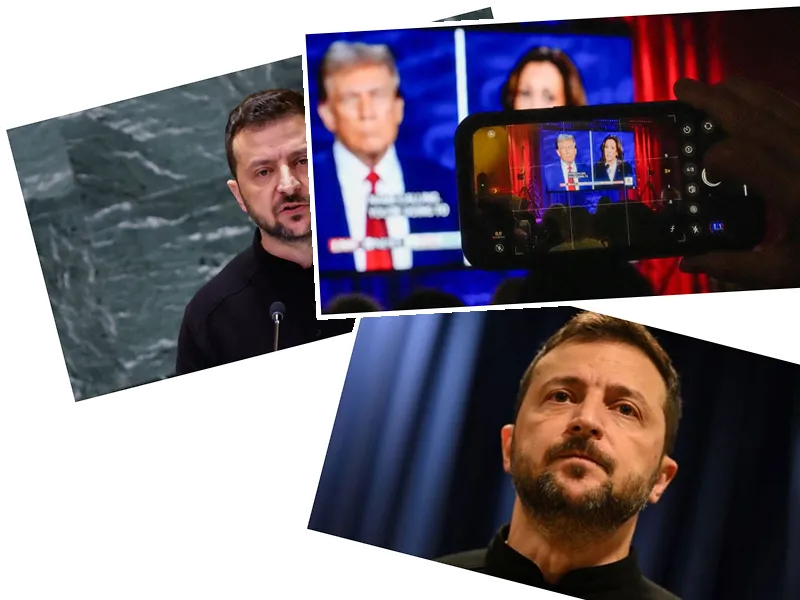The casualty figures in the Ukraine war highlight the challenges of obtaining accurate information in conflict zones, where propaganda often distorts reality.
The U.S. policy shift regarding missile use indicates a potential escalation in military engagement, raising fears of nuclear conflict and altering the strategic landscape of the war.
Cultural figures like Shklyarov play a crucial role in shaping public discourse around the war, illustrating the intersection of art and activism.
The ongoing conflict may see further escalation as Ukraine receives advanced weaponry, potentially leading to more aggressive military strategies from both sides.
Increased military support for Ukraine could provoke a stronger response from Russia, including the possibility of heightened rhetoric or military action.
The cultural impact of the war may lead to more artists and public figures speaking out, potentially influencing public opinion and policy.
On the 1000th day of the Ukraine war, the Russian Ministry of Defense reported over 900,000 Ukrainian casualties, a figure that remains unverifiable and contrasts sharply with Western estimates. NATO suggests Russian losses exceed 600,000, while Ukrainian sources claim over 722,000 Russian casualties. The British Ministry of Defense indicated that October was particularly deadly for Russian forces, with daily casualties rising significantly in November.
The U.S. has recently allowed Ukraine to use ATACMS missiles against Russian territory, marking a significant shift in military support. This decision has raised concerns about potential escalation, with fears that targeting Russian territory could provoke a nuclear response from Moscow. Ukrainian President Volodymyr Zelensky welcomed the decision, viewing it as a potential catalyst for further Western military support.
The tragic death of Russian ballet dancer Vladimir Shklyarov, who had publicly criticized the war in Ukraine, has drawn attention. Shklyarov died after falling from a building, with investigations suggesting an accident. His outspoken views against the war and his contributions to the arts have left a notable impact, highlighting the intersection of culture and conflict.
- The casualty figures reported by Russia are part of a broader narrative that includes propaganda from both sides, making it difficult to ascertain the true scale of losses in the conflict. The increasing intensity of Russian attacks, including the use of kamikaze drones, underscores the ongoing violence and the evolving nature of military engagements in Ukraine.
- The implications of the U.S. decision to allow ATACMS missile use are significant, as analysts warn that it could lead to a dangerous escalation in the conflict, potentially drawing in nuclear threats. This shift reflects a changing dynamic in international military support for Ukraine amid ongoing territorial disputes.
- Shklyarov's death has sparked discussions about the risks faced by artists who speak out against the war, emphasizing the broader societal impacts of the conflict beyond the battlefield. His legacy as a performer and critic of the war resonates in the cultural landscape of Russia.






